Why Historical K-Dramas Fascinate Global Audiences
For many global viewers, their first glimpse of Korean history doesn’t come from a textbook —
it comes from Netflix.
From Kingdom’s undead court to The Red Sleeve’s royal heartbreak,
historical K-dramas blend elegance, mystery, and moral complexity in ways that feel both ancient and modern.
They’re not just costume dramas — they’re cultural mirrors.
Through them, we see Korea’s long struggle between duty and desire,
tradition and innovation, hierarchy and humanity.
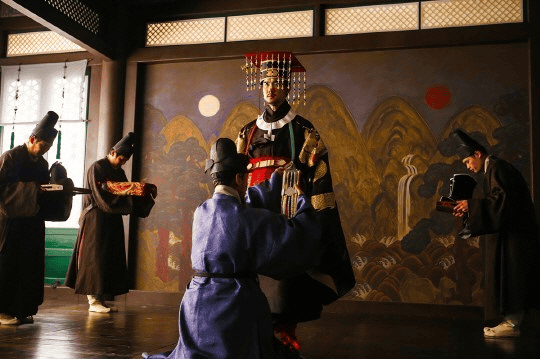
“A good sageuk (사극) doesn’t just show the past,” says one critic.
“It asks what history still means today.”
⚖️ Fact vs Fiction — How K-Dramas Reimagine Korean History
Korean historical dramas — called sageuk (사극) — are not documentaries.
They’re reinterpretations: history filtered through imagination, emotion, and artistry.
Writers and directors often start with a factual framework — kings, wars, dynasties —
then build fictional characters or supernatural twists that explore timeless human themes.
This creative freedom allows each drama to become a kind of cultural dialogue:
between what happened and what we wish had happened.
🧟 #1 Kingdom — Zombies in Joseon?
At first glance, Kingdom (2019–2021) looks like pure fantasy:
a zombie outbreak in medieval Korea.
But its foundation lies in real history — the Joseon Dynasty’s deadly power struggles and recurring plagues.
Director Kim Seong-hun and writer Kim Eun-hee used the supernatural plague as a metaphor
for government corruption and hunger among the poor.
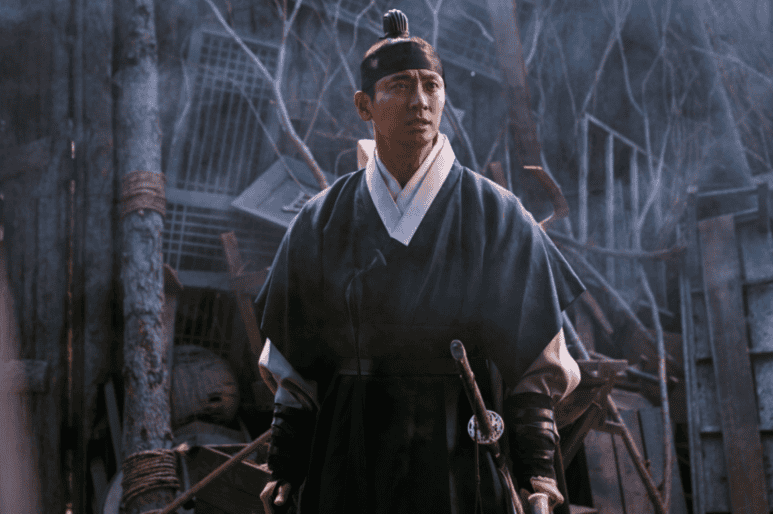
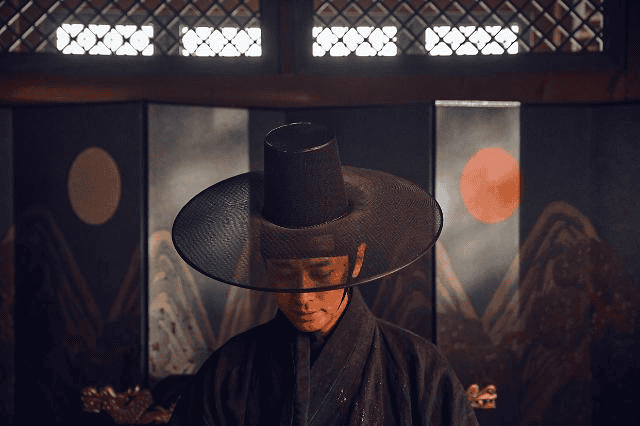
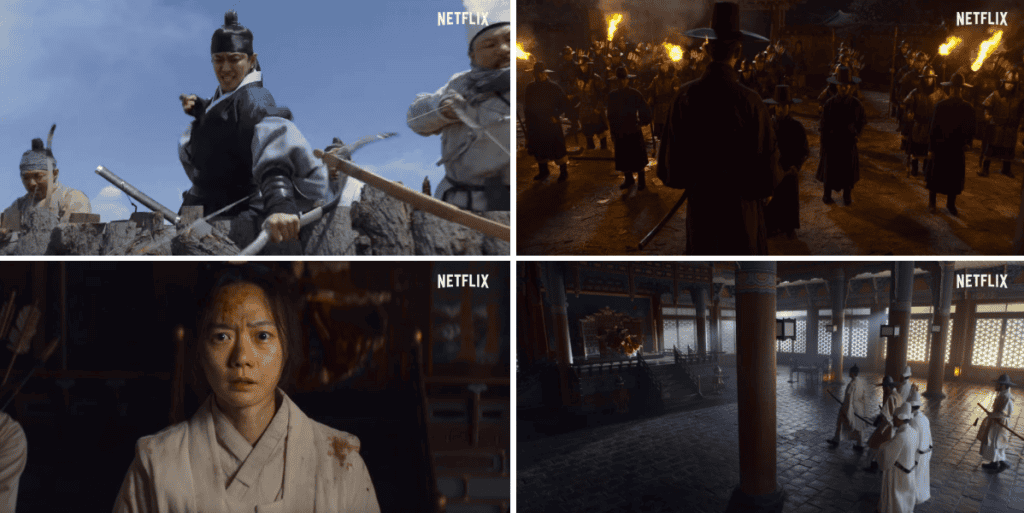
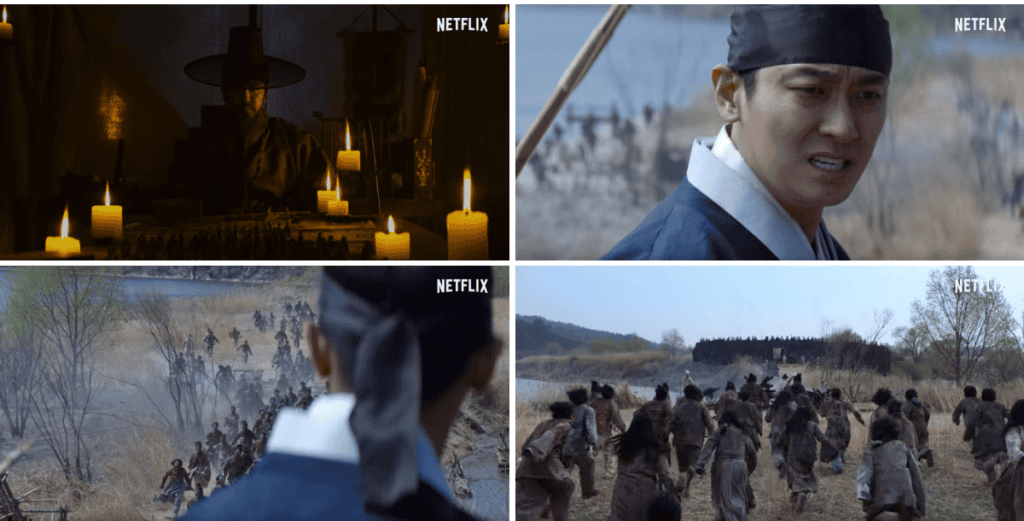
The “undead” in Kingdom aren’t just monsters —
they’re symbols of political decay and moral collapse.
Even foreign critics at The New York Times called it
“the smartest zombie series ever made.”
👑 #2 Mr. Queen — When History Meets Comedy
Imagine waking up in the Joseon Dynasty — in a queen’s body.
That’s the absurd yet brilliant premise of Mr. Queen (철인왕후),
where a modern chef’s soul swaps bodies with Queen Cheorin.
It’s based loosely on real historical figures,
but filled with anachronistic humor, gender satire, and slapstick chaos.
What makes it powerful is not its historical accuracy,
but how it uses history to question modern gender roles and identity.
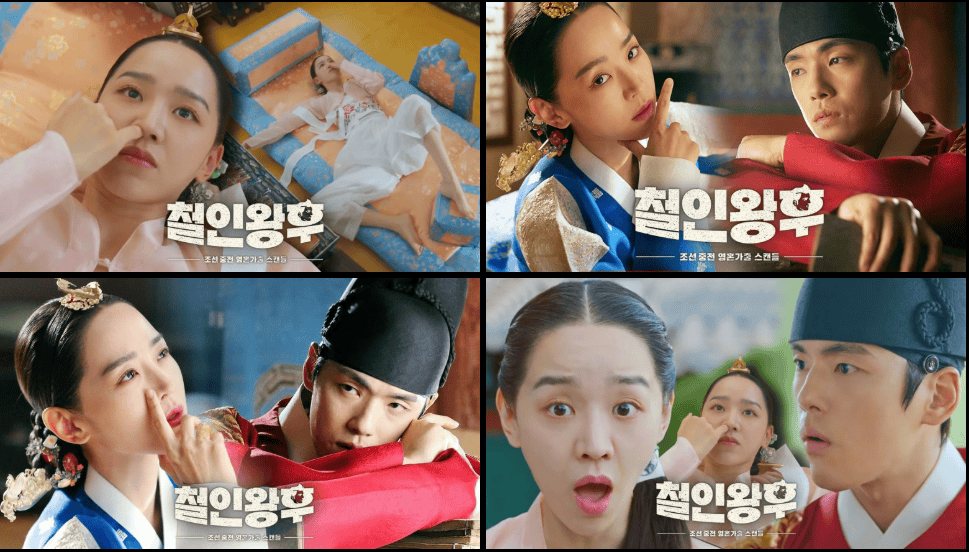
\
History here becomes a mirror —
not of what was, but what could be if the past met the present.
💌 #3 The Red Sleeve — Royal Love and Real Diaries
This drama is one of the rare sageuk based on authentic royal records.
The Red Sleeve tells the love story between King Jeongjo and his court lady, Deok-im —
a story recorded in the Annals of the Joseon Dynasty (조선왕조실록) and Royal Diaries (승정원일기).
The production team consulted historians to ensure accuracy in clothing, etiquette, and speech,
but the emotions — the longing, the restraint — are purely cinematic.
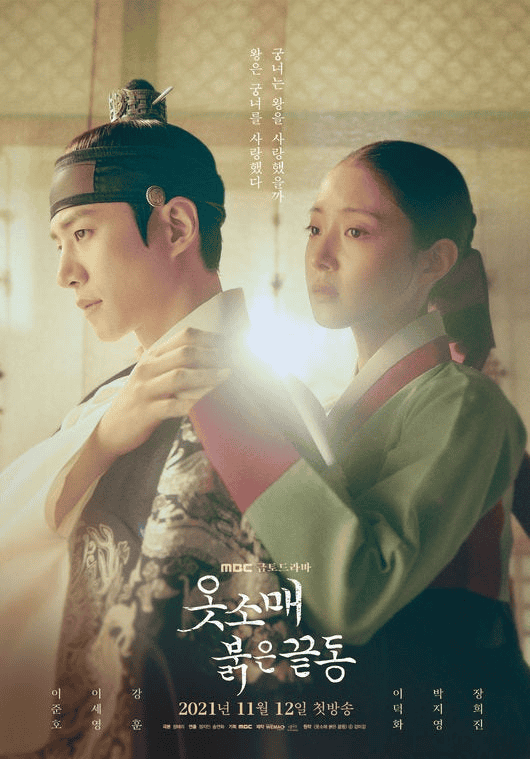
It’s history retold through empathy —
proof that the most powerful love stories are often the ones history couldn’t fully record.
👸 #4 Under the Queen’s Umbrella — Fictional Queens, Real Power
At first glance, Under the Queen’s Umbrella (슈룹) seems like pure fiction — a feisty queen in Joseon raising rebellious princes.
But beneath its humor and drama lies a sharp feminist reinterpretation of real royal politics.
While Queen Im Hwa-ryeong never existed, the struggles she faces — political pressure, succession chaos, and motherhood in the palace — were very real for countless women in history.
The show turns what was once invisible — women’s emotional labor and political intelligence — into the story’s beating heart.
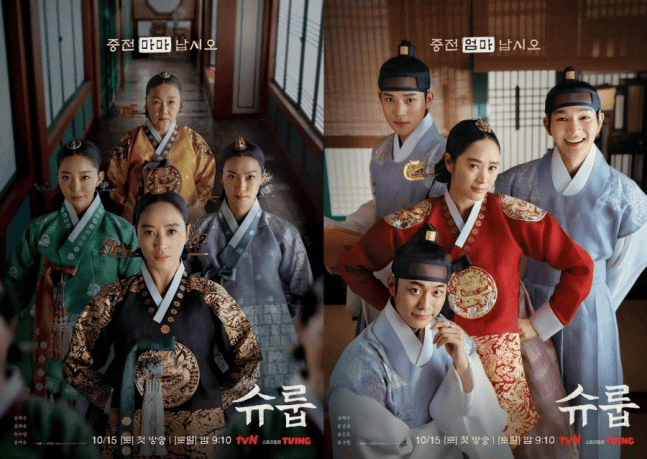
The series resonated with global audiences because it reframes power not as domination,
but as care — a message that transcends cultures.
🎨 #5 Lovers of the Red Sky — When Myth Becomes History
Lovers of the Red Sky (홍천기) blends real historical settings with supernatural mythology.
The story of a female painter in Joseon who captures spirits in her art feels fantastical,
yet it’s inspired by Korea’s actual painter traditions, astronomy, and Taoist beliefs.
In reality, Joseon women were rarely allowed to become artists —
so this drama reimagines what could have been: a world where creativity overcomes hierarchy.
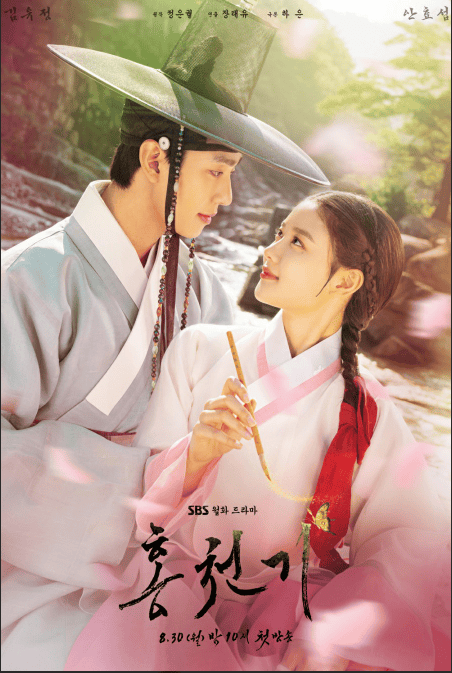
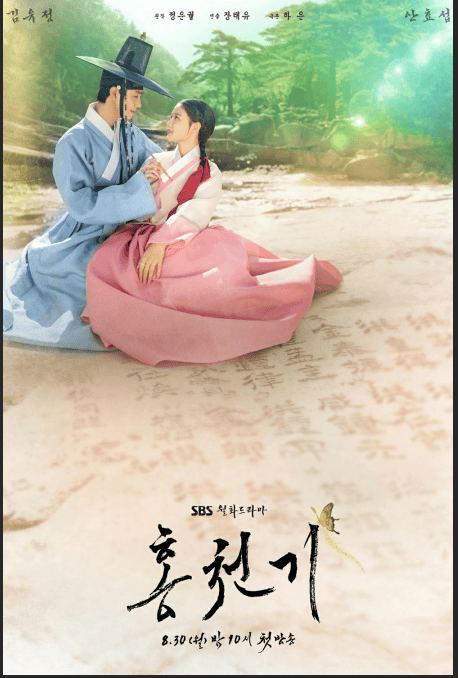
It’s not about rewriting history —
it’s about reclaiming imagination.
📜 Cultural Significance — Why “Creative History” Matters
Some viewers criticize sageuk dramas for bending facts,
but this creativity is what keeps history alive.
Through imagination, Korean dramas reintroduce ancient morals, forgotten heroes, and untold women’s stories to new generations.
They turn dusty archives into living emotions — reminding us that history isn’t static; it evolves with us.
“Historical fiction is not about lying,” said director Lee Joon-ik (The King and the Clown).
“It’s about asking better questions.”
🌍 Global Impact — How Historical K-Dramas Shape Korea’s Image
From Netflix to Disney+, Korean historical dramas have become cultural ambassadors.
They showcase not only the beauty of hanbok, palaces, and traditional food,
but also Korea’s evolving perspectives on gender, power, and identity.
Shows like Kingdom introduced the world to Joseon architecture;
Mr. Queen and The Red Sleeve opened discussions on feminism and emotional restraint;
and Under the Queen’s Umbrella gave global audiences a new kind of queen — powerful, witty, and deeply human.
These dramas don’t just represent Korea’s past —
they shape how the world sees its present.
In every subtitle, there’s a shared heartbeat —
proof that stories, no matter how old, can still unite us.

Leave a Reply